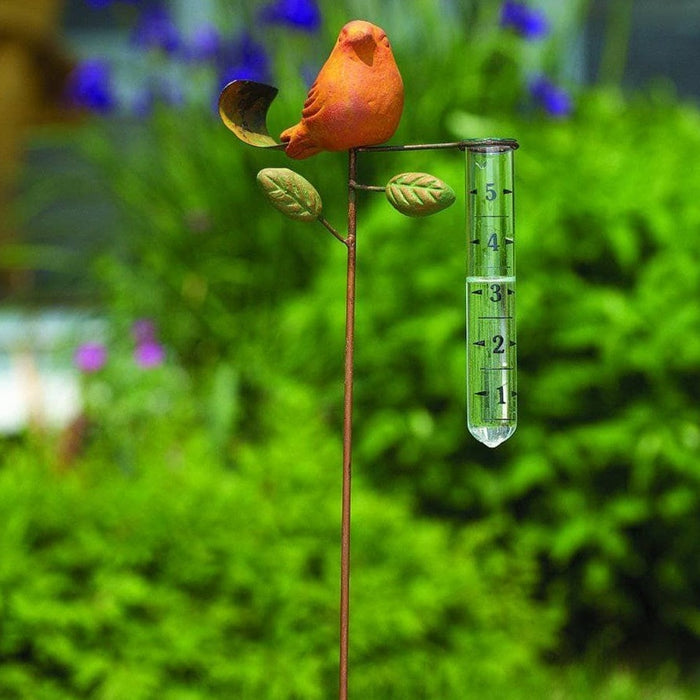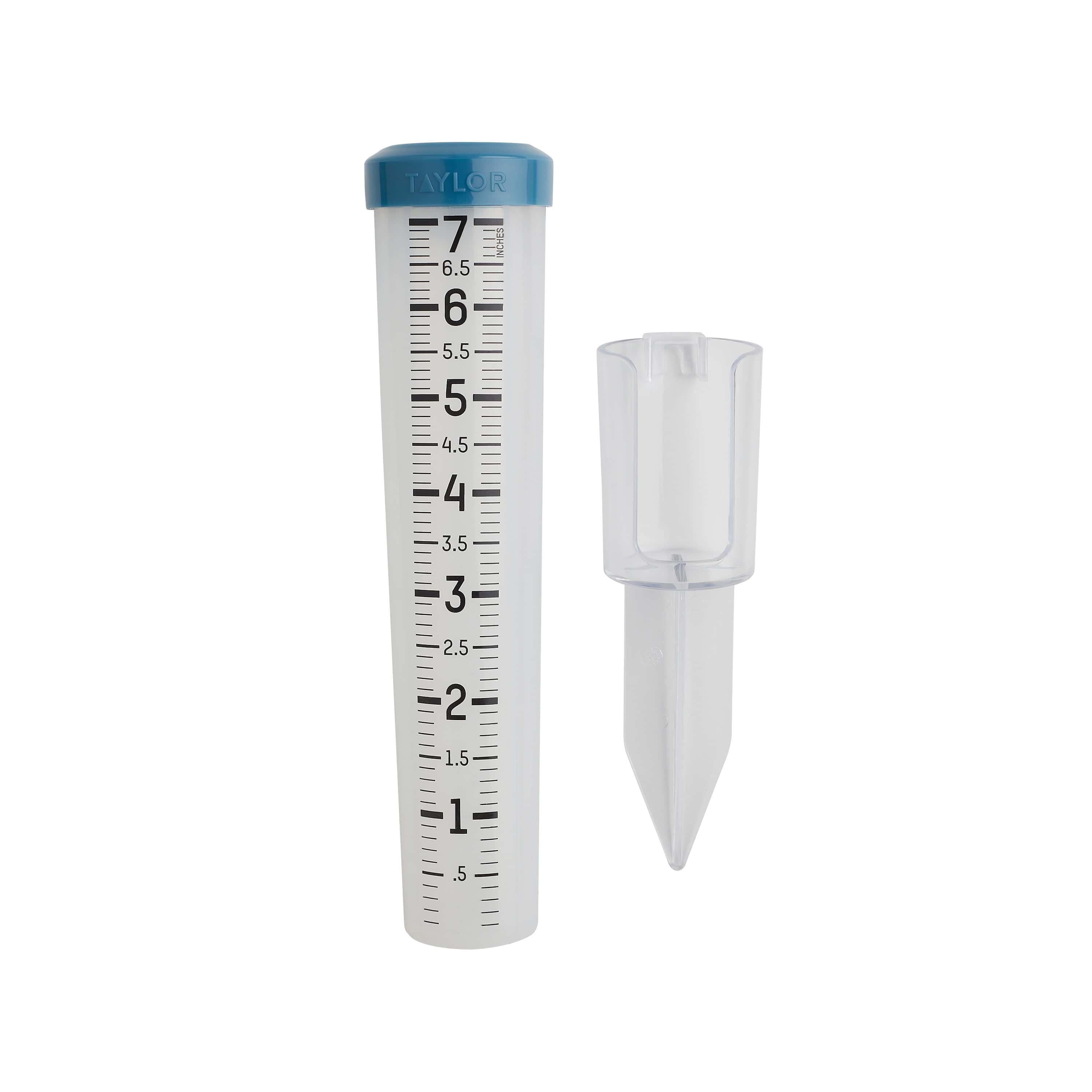The Rain Gauge: Encouraging Areas with Specific Rain Information
The Rain Gauge: Encouraging Areas with Specific Rain Information
Blog Article
Do It Yourself Rainfall Gauge: Simple Actions to Make Your Own
Producing your very own Do it yourself rainfall scale is a easy and reliable way to determine and tape rainfall. With simply a couple of usual materials and some basic steps, you can easily construct your own rain gauge at home. Let's get started on making your DIY rain scale today!
Gather Products
To begin creating your DIY rainfall scale, gather all the needed materials utilizing a comprehensive listing of items. Having the best products on hand will make sure the effective creation of your rainfall scale and allow for precise dimensions of rainfall. Gathering these materials ahead of time will improve the building and construction procedure and guarantee that you have whatever you require to create your own DIY rainfall scale.
Prepare the Container

Mark the Measurement Increments
To accurately gauge the amount of rains, properly marking the dimension increments on your DIY rain scale is crucial. Without accurate and clear markings, it would certainly be tough to identify the specific amount of rains gathered in your rain scale. Here are the actions to mark the dimension increments on your rain scale.
The most typical units for determining rains are inches and millimeters. Once you have selected the device, use a long-term pen or waterproof paint to mark the increments on the side of your rain scale.
When noting the increments, it is essential to make sure that they are equally spaced and clearly visible. Utilize a leader or measuring tape to guarantee precision and uniformity. Additionally, make sure that the markings are immune to fading or abrading, as exposure to the aspects might create them to deteriorate in time.
Location the Rainfall Scale Outdoors
The rain gauge must be put outdoors to properly accumulate rains information. The location chosen for the rain gauge ought to be open and complimentary from any kind of blockages that can possibly influence the dimension of rains. It is vital to find a spot that is not obstructed by trees, buildings, or other structures that could block the rainfall from getting to the scale. This will ensure that the gathered data is representative of the actual rainfall in the area.
Furthermore, it is vital to position the rain scale on a navigate to this site steady surface, such as a level ground or a tough article. This will prevent any kind of motion or tilting of the gauge, which can cause unreliable measurements. It is additionally a good idea to avoid positioning the scale near any resources of synthetic water, such as sprinklers or water drainage systems, as this might conflict with the precision of the measurements.
Display and Record Rain Data
Normal tracking and recording of rains data is essential for exact data evaluation and interpretation. By keeping an eye on rainfall dimensions, you can gain beneficial insights right into weather patterns, environment trends, and water resource monitoring. To successfully monitor and tape rainfall data, it is essential to establish a regular and maintain constant practices.
First of all, ensure that your rain scale is positioned in an open area far from challenges such as trees or structures that may obstruct rains. Additionally, see to it the rainfall scale is level and safely secured to avoid any kind of movement that might influence the precision of the measurements.

When taping the rains information, it is very important to note the date and time of each dimension. Make use of a leader or a gauging adhere to determine the rainfall deepness in the rainfall scale, and document this details Get More Information properly.
To guarantee the accuracy of the measurements, it is advised to clear the rain gauge after each recording. This will YOURURL.com certainly protect against any kind of overflow or dissipation from impacting subsequent dimensions.
Verdict
In final thought, creating a DIY rainfall gauge is a simple and sensible method to keep track of and videotape rainfall information (The Rain Gauge). By complying with the actions detailed in this article, you can conveniently gather products, prepare the container, mark the dimension increments, and place the rain scale outdoors. On a regular basis checking and tape-recording rains data can supply important details for various functions
Having the right materials on hand will certainly ensure the effective production of your rain scale and permit for precise dimensions of rainfall.To properly determine the quantity of rains, properly marking the dimension increments on your Do it yourself rain gauge is crucial.The rain gauge need to be placed outdoors to precisely accumulate rains data. The place picked for the rain gauge must be totally free and open from any type of blockages that could potentially impact the dimension of rains.In verdict, creating a DIY rain gauge is a basic and sensible way to keep track of and record rainfall data.
Report this page